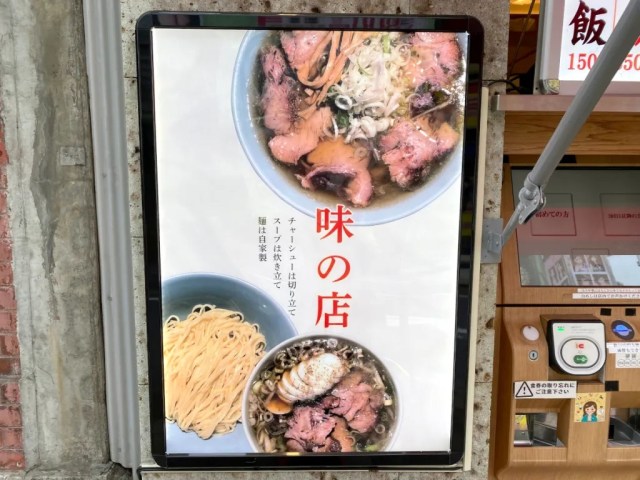
Join one reporter’s quest to define the undefinable.
Our Japanese-language reporter P.K. Sanjun loves ramen a bit more than the average person. He loves it so much that he tries to learn about all types of ramen out there, even the more obscure ones like chocolate ramen. He recently learned about “Chan-kei Ramen” (the suffix “kei” literally means “group”, and is used to refer to a type or style of ramen) from online ramen forums.
“Chan-style Ramen” or “Chan Ramen” storefronts look more or less the same, but they’re not a chain restaurant; they’re distinctive from each other by the restaurants’ names, which are usually someone’s name followed by “chan”. For example, P.K. tried out Nagi-Chan Ramen in Tokyo’s Shinjuku neighborhood…
…and Kuma-Chan Ramen, also in Shinjuku.
Along with their signage, Chan Ramen is also similar in flavor. After trying both Nagi-Chan and Kuma-Chan’s chuuka soba–or Chinese-style ramen–he surmised that Chan Ramen typically has a salty soy sauce-based soup, a particularly delicious and thinly-cut chashu pork slice, and is best enjoyed with a side of rice.
For reference: Nagi-Chan Ramen…
…and Kuma-Chan Ramen.
They say two times is coincidence, but three times is proof; so would P.K.’s final taste test prove his theories right? To test them out, he found himself at Chie-Chan Ramen near JR Kanda Station in Tokyo.
He wasted no time in ordering the Chashu Noodles for 1,200 yen (US$7.91), which also came with one optional free serving of rice. Figuring he’d be in for a salty ride, P.K. asked for it with rice.
The piping hot noodles he was served certainly looked like Nagi-Chan and Kuma-Chan noodles. It had a soy sauce-based soup with a generous serving of chashu pork.
The noodles were of an average thickness and slid down the throat easily. As expected, the broth was salty; P.K. was grateful he’d ordered the rice.
The only notable difference P.K. could pick out was that Chie-Chan’s chashu was thicker than Nagi-Chan’s and Kuma-Chan’s.
So his final conclusion was: Chan Ramen has a salty soy sauce broth that goes well with rice, noodles that go down easy, and chashu that packs a flavorful punch.
P.K. took to the Internet to confirm some of his findings. When he searched “Chan Ramen”, he found out that Chan Ramen was sort of a chain store–they are affiliated restaurants. The ultimate goal of Chan Ramen is to increase awareness of chuuka soba. It also turned out that Chie-Chan Ramen is the original Chan Ramen!
So in summary, Chan Ramen is the go-to place for a steaming bowl of salty, pork-y, umami-filled chuuka soba. Some of them are open quite early and late, so they’re also great places to stop when little else is open.
Restaurant information
Chie-Chan Ramen / ちえちゃんラーメン
Address: Tokyo-to, Chiyoda-ku, Kajicho 2-13-7
東京都千代田区鍛冶町2-13-7
Open Mondays 10 a.m. – 5 a.m. (next day); Tuesdays, Wednesdays, Thursdays 8 a.m. – 5 a.m. (next day); Fridays, Saturdays 8 a.m. – 8 p.m.; Sundays 8 a.m. – 10 p.m.
Photos ©SoraNews24
● Want to hear about SoraNews24’s latest articles as soon as they’re published? Follow us on Facebook and Twitter!
[ Read in Japanese ]
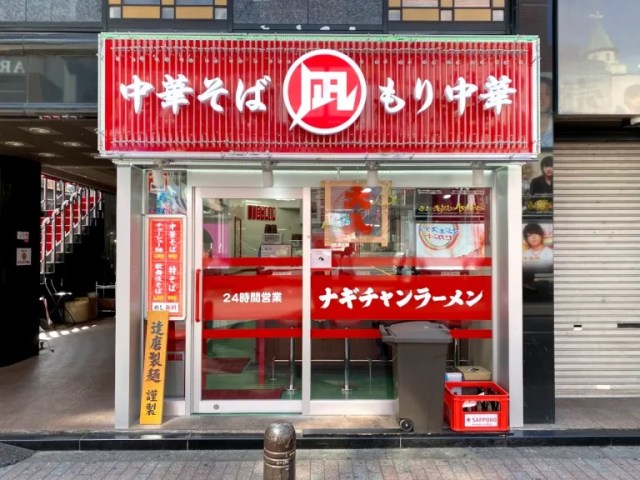
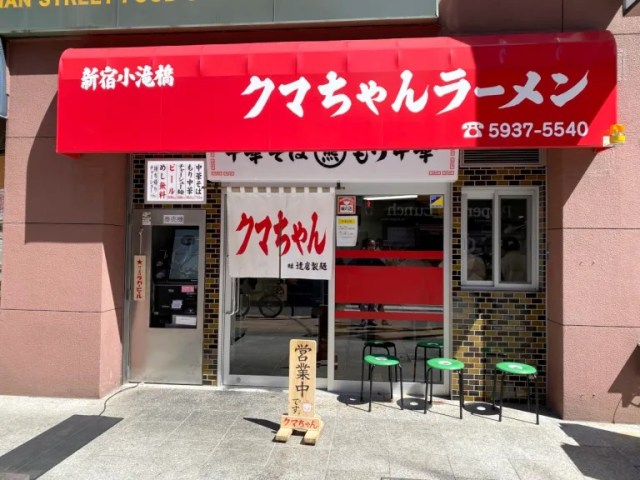
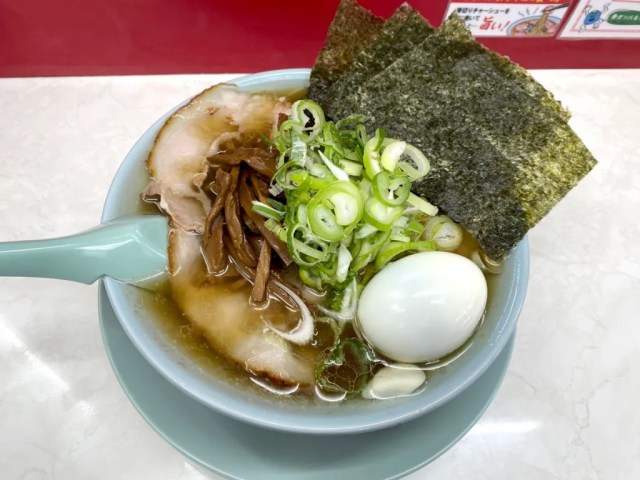
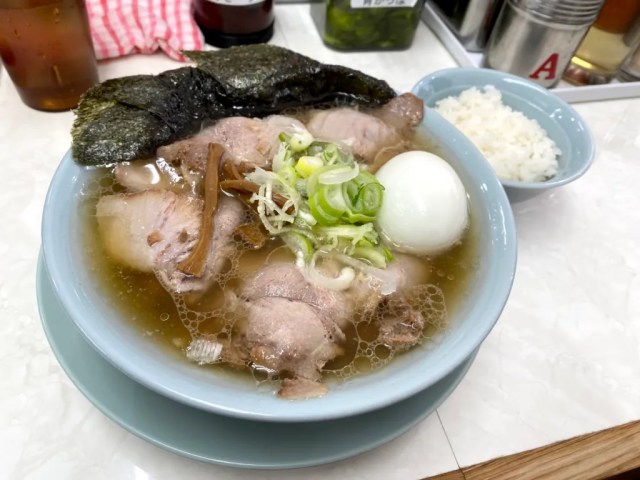
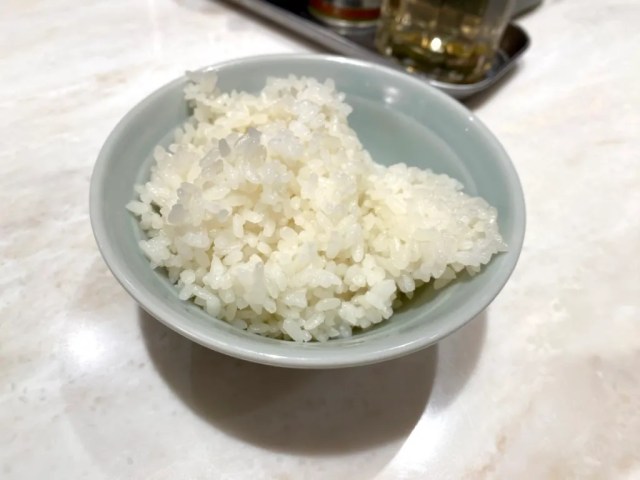
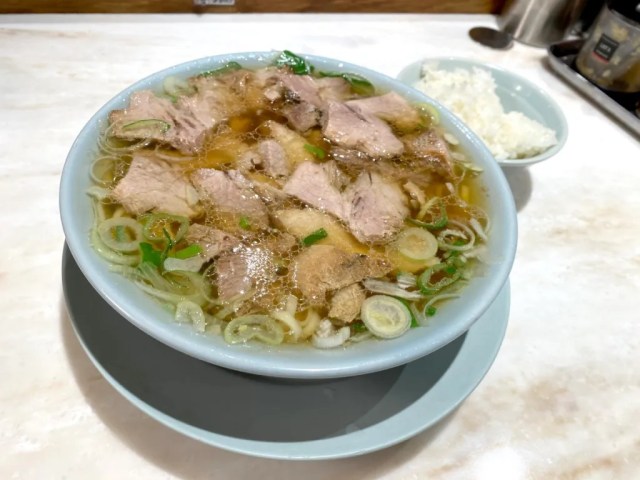
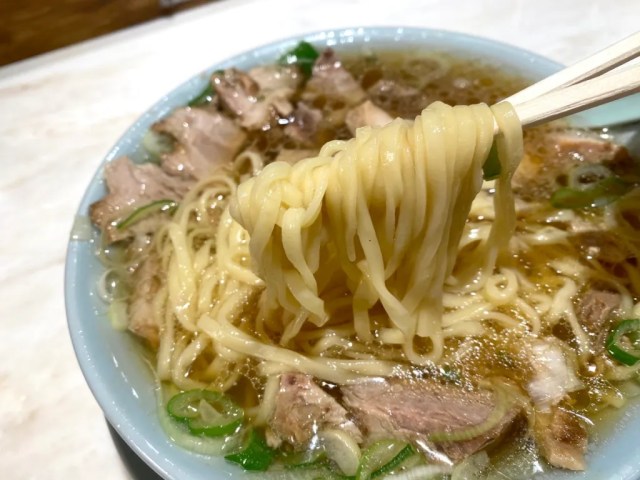
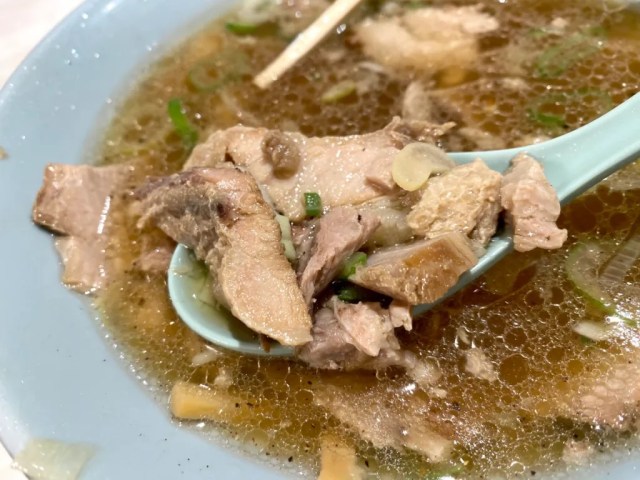
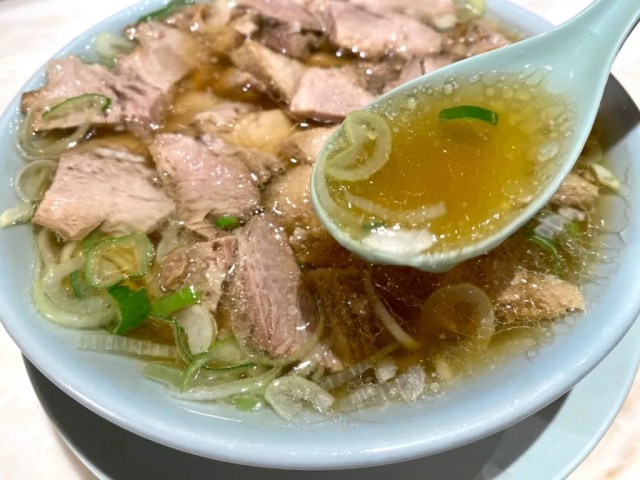
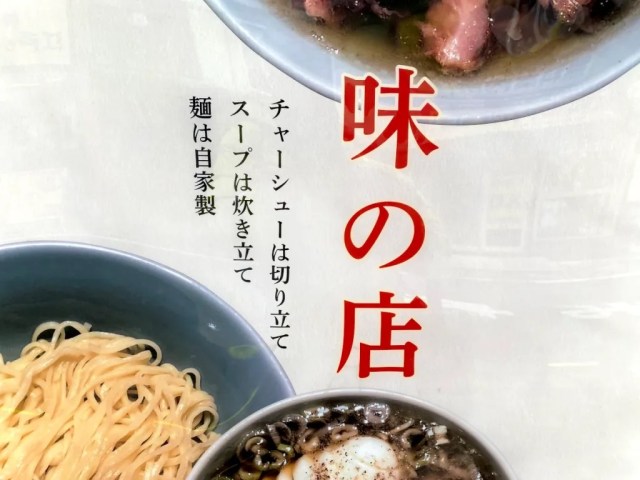
 Chuka Zanmai instant ramen offering ultra luxurious limited-edition two-meal seat for $50
Chuka Zanmai instant ramen offering ultra luxurious limited-edition two-meal seat for $50 We found a popular Japanese ramen chain in South Korea!…or so we thought
We found a popular Japanese ramen chain in South Korea!…or so we thought Ramen restaurant in Tokyo offers discount to customers who order ramen with no noodles
Ramen restaurant in Tokyo offers discount to customers who order ramen with no noodles Mint chocolate tapioca ramen appears in Tokyo: Too much to handle or too good to believe?
Mint chocolate tapioca ramen appears in Tokyo: Too much to handle or too good to believe? Tokyo ramen restaurant’s made-to-order noodles are only the beginning of its awesomeness
Tokyo ramen restaurant’s made-to-order noodles are only the beginning of its awesomeness Foreigner’s request for help in Tokyo makes us sad for the state of society
Foreigner’s request for help in Tokyo makes us sad for the state of society McDonald’s Japan’s new pancake pie is a taste sensation
McDonald’s Japan’s new pancake pie is a taste sensation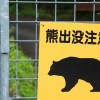 Bear attacks car in Japan, breaks windshield with its paw【Video】
Bear attacks car in Japan, breaks windshield with its paw【Video】 Bad tourist manners at Mt Fuji Lawson photo spot prompts Japanese town to block view with screens
Bad tourist manners at Mt Fuji Lawson photo spot prompts Japanese town to block view with screens One of Japan’s oldest castles now lets travelers spend night on the grounds, drink in its keep
One of Japan’s oldest castles now lets travelers spend night on the grounds, drink in its keep Studio Ghibli unveils massive T-shirt collection featuring top anime movie characters
Studio Ghibli unveils massive T-shirt collection featuring top anime movie characters FUK COFFEE?!? Japanese cafe has a perfectly innocent reason for its startling-looking name
FUK COFFEE?!? Japanese cafe has a perfectly innocent reason for its startling-looking name Two things to do, and two things not to do, when leaving a traditional Japanese inn
Two things to do, and two things not to do, when leaving a traditional Japanese inn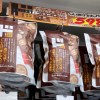 Japanese shiitake mushroom snacks from Don Quijote, created for people who don’t like mushrooms
Japanese shiitake mushroom snacks from Don Quijote, created for people who don’t like mushrooms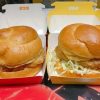 Who wins in a battle of McDonald’s and Komeda Coffee’s chicken tatsuta burgers?【Taste test】
Who wins in a battle of McDonald’s and Komeda Coffee’s chicken tatsuta burgers?【Taste test】 Japanese ramen restaurants under pressure from new yen banknotes
Japanese ramen restaurants under pressure from new yen banknotes Red light district sushi restaurant in Tokyo shows us just how wrong we were about it
Red light district sushi restaurant in Tokyo shows us just how wrong we were about it McDonald’s new Happy Meals offer up cute and practical Sanrio lifestyle goods
McDonald’s new Happy Meals offer up cute and practical Sanrio lifestyle goods Tokyo Tsukiji fish market site to be redeveloped with 50,000-seat stadium, hotel, shopping center
Tokyo Tsukiji fish market site to be redeveloped with 50,000-seat stadium, hotel, shopping center Japanese city loses residents’ personal data, which was on paper being transported on a windy day
Japanese city loses residents’ personal data, which was on paper being transported on a windy day Beautiful Red and Blue Star luxury trains set to be Japan’s new Hokkaido travel stars
Beautiful Red and Blue Star luxury trains set to be Japan’s new Hokkaido travel stars Ghibli Park now selling “Grilled Frogs” from food cart in Valley of Witches
Ghibli Park now selling “Grilled Frogs” from food cart in Valley of Witches New definition of “Japanese whiskey” goes into effect to prevent fakes from fooling overseas buyers
New definition of “Japanese whiskey” goes into effect to prevent fakes from fooling overseas buyers Our Japanese reporter visits Costco in the U.S., finds super American and very Japanese things
Our Japanese reporter visits Costco in the U.S., finds super American and very Japanese things All-you-can-drink Starbucks and amazing views part of Tokyo’s new 170 meter-high sky lounge
All-you-can-drink Starbucks and amazing views part of Tokyo’s new 170 meter-high sky lounge More foreign tourists than ever before in history visited Japan last month
More foreign tourists than ever before in history visited Japan last month New Pokémon cakes let you eat your way through Pikachu and all the Eevee evolutions
New Pokémon cakes let you eat your way through Pikachu and all the Eevee evolutions Disney princesses get official manga makeovers for Manga Princess Cafe opening in Tokyo
Disney princesses get official manga makeovers for Manga Princess Cafe opening in Tokyo We try out “Chan Ramen”, an underground type of ramen popular in the ramen community
We try out “Chan Ramen”, an underground type of ramen popular in the ramen community Sales of Japan’s most convenient train ticket/shopping payment cards suspended indefinitely
Sales of Japan’s most convenient train ticket/shopping payment cards suspended indefinitely Sold-out Studio Ghibli desktop humidifiers are back so Totoro can help you through the dry season
Sold-out Studio Ghibli desktop humidifiers are back so Totoro can help you through the dry season Japanese government to make first change to romanization spelling rules since the 1950s
Japanese government to make first change to romanization spelling rules since the 1950s Ghibli founders Toshio Suzuki and Hayao Miyazaki contribute to Japanese whisky Totoro label design
Ghibli founders Toshio Suzuki and Hayao Miyazaki contribute to Japanese whisky Totoro label design Doraemon found buried at sea as scene from 1993 anime becomes real life【Photos】
Doraemon found buried at sea as scene from 1993 anime becomes real life【Photos】 Tokyo’s most famous Starbucks is closed
Tokyo’s most famous Starbucks is closed One Piece characters’ nationalities revealed, but fans have mixed opinions
One Piece characters’ nationalities revealed, but fans have mixed opinions We asked a Uniqlo employee what four things we should buy and their suggestions didn’t disappoint
We asked a Uniqlo employee what four things we should buy and their suggestions didn’t disappoint We were blown away by Funabashi Sauce Ramen, just a short ride from central Tokyo【Taste test】
We were blown away by Funabashi Sauce Ramen, just a short ride from central Tokyo【Taste test】 We cooked Japan’s 2,000-yen mail-order Ramen of the Year, but was it worth it?【Taste test】
We cooked Japan’s 2,000-yen mail-order Ramen of the Year, but was it worth it?【Taste test】 Truck drivers love this Saitama Ramen Shop, but will it win our hearts?【Taste test】
Truck drivers love this Saitama Ramen Shop, but will it win our hearts?【Taste test】 The twin joys and dual sadnesses of eating ramen in the U.S.
The twin joys and dual sadnesses of eating ramen in the U.S. Ramen made by a sauna shop opens its doors in Tokyo
Ramen made by a sauna shop opens its doors in Tokyo This decommissioned bus on the side of the road in Tochigi serves up some tasty ramen
This decommissioned bus on the side of the road in Tochigi serves up some tasty ramen Ichiran Ramen to open high-class and pricey “Ginza Ichiran” this month
Ichiran Ramen to open high-class and pricey “Ginza Ichiran” this month Japanese ramen chain becomes a hot topic with foreigners on Reddit, but is it any good?
Japanese ramen chain becomes a hot topic with foreigners on Reddit, but is it any good? Are you game enough to eat Fire Ramen at this Japanese restaurant in Kyoto?
Are you game enough to eat Fire Ramen at this Japanese restaurant in Kyoto? This London ramen restaurant’s super-strange ramen shocks our Japanese taste-tester
This London ramen restaurant’s super-strange ramen shocks our Japanese taste-tester These two types of chocolate ramen are going to make Valentine’s Day extra-sweet
These two types of chocolate ramen are going to make Valentine’s Day extra-sweet Ramen-flavor shaved ice is coming to Tokyo just in time for the summer heat
Ramen-flavor shaved ice is coming to Tokyo just in time for the summer heat Mighty, meaty Tokyo ramen joint flips script by overflowing the bowl with delicious chashu pork
Mighty, meaty Tokyo ramen joint flips script by overflowing the bowl with delicious chashu pork Japanese restaurant serves extra wide noodles next to Tokyo Station
Japanese restaurant serves extra wide noodles next to Tokyo Station Is ramen without the “men” a Tokyo dining paradox worth experiencing?【Taste test】
Is ramen without the “men” a Tokyo dining paradox worth experiencing?【Taste test】
Leave a Reply